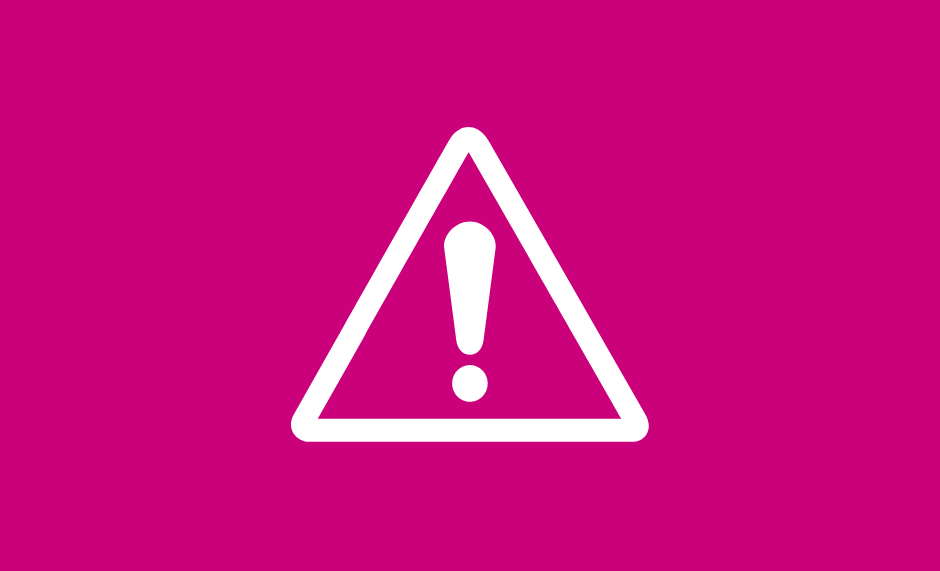Environmental public health
Protect yourself this pollen season through prevention



During grass pollen season people may notice a worsening of asthma and hay fever. Grass pollen season runs from October through to December and can bring a chance of thunderstorm asthma.
Thunderstorm asthma is thought to be triggered by a unique combination of high amounts of grass pollen in the air and a certain type of thunderstorm. For people who have asthma or hay fever this can trigger sudden, severe asthma symptoms.
When a large number of people develop asthma symptoms over a short period of time, related to high grass pollen and a certain type of thunderstorm, it is known as epidemic thunderstorm asthma.
If you have asthma or seasonal hay fever, particularly if you are not on effective preventer treatment, you are at increased risk of thunderstorm asthma.
You can protect yourself and those in your care by following these simple steps:
- If you have been diagnosed with asthma, have a check-up with your GP and discuss what you can do to prevent your asthma from worsening and what to do if it worsens.
- Take your asthma preventer medication as directed, even when you are symptom free. Only one third of people with asthma who were admitted to ICU in the 2016 thunderstorm asthma event were on preventer medication.
- Carry your reliever and know how to manage an asthma attack.
- Follow your asthma action plan or use the 4 steps of asthma first aid.
- Monitor the epidemic thunderstorm asthma risk forecast on the Vic Emergency website.
- Where possible, avoid being outside during thunderstorms from October to December – especially avoiding the wind gusts that come before the storm.
Who is most at risk of thunderstorm asthma?
- people with asthma
- people who have had asthma in the past
- people with hay fever who may or may not have asthma
If you feel short of breath, tight in the chest, wheeze or cough during pollen season – you might have undiagnosed asthma which also puts you at risk. See your GP to check if you have asthma
What are the signs of an asthma attack?
If you or someone else are experiencing any of the following signs, follow your asthma action plan or start asthma first aid. Do not wait until asthma is severe.
Mild to moderate signs (commence asthma first aid):
- minor difficulty breathing
- able to talk in full sentences
- able to walk or move around
- may have a cough or wheeze.
Severe asthma signs (call 000 for an ambulance and commence asthma first aid):
- obvious difficulty breathing
- cannot speak a full sentence in one breath
- tugging of the skin between ribs or at base of neck
- may have couch or wheeze
- reliever medication not lasting as long as usual.
Life-threatening asthma signs (call 000 for an ambulance and commence asthma first aid)
- difficulty breathing (gasping for air)
- unable to speak one to 2 words per breath
- confused or exhausted
- lips are turning blue
- symptoms are getting worse very quickly
- collapsing
- getting little or no relief from reliever inhaler
- may no longer have wheeze or cough.
Is there a risk of thunderstorm asthma every time there is a thunderstorm?
No. Epidemic thunderstorm asthma events are uncommon and don’t occur every year. These events are triggered by a unique combination of high grass pollen levels and a certain type of thunderstorm with strong winds. In Victoria, the pollen season is typically from the beginning of October to the end of December.
How will I know when an epidemic thunderstorm asthma event may happen?
Download the Vic Emergency app from Google Play or the App Store and set up a ‘watch zone’ for your location to make sure you’re notified of the risk of an epidemic thunderstorm asthma event occurring. You can also visit the Vic Emergency thunderstorm asthma webpage for updates and information.



